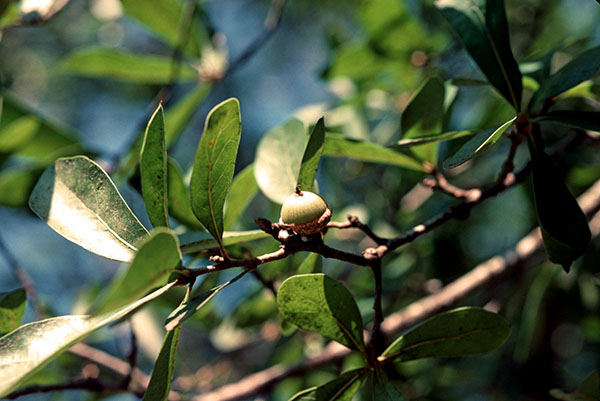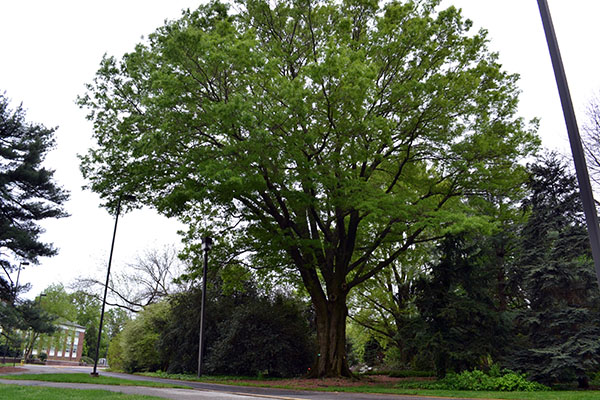Quercus palustris
Pin Oak
Massachusetts to Delaware, west to Wisconsin and Arkansas
Pyramidal, dense, heavily, branched with lower branches distinctly pendulous.
Rich, moist, acid, well-drained soil in full sun; tolerates urban growing conditions, wet soils. Iron chlorosis is a severe problem
Very popular, and adaptable oak for the landscape, fibrous root system is easily transplanted. Mature trees are truly amazing to look upon with a massive trunk reaching over 80 feet. Young trees are distinctly pyramidal, usually with a central leader; the lower branches pendulous, the middle horizontal, and the upper upright. In old age, the lower branches drop off resulting in a tree with upright character and upward reaching upper branches.
Glossy dark green in summer. Alternate, simple, 3 to 6 inch long, 5-7 lobes, with u- shaped sinuses. Leaves persist in winter. Fall color golden-yellow to
Buds are slender, pin-like twigs and spurs.
Gray to chestnut brown
Insigifcant monoecious yellowish-green flowers in spearate male and female catkins appear in spring as the leaves emerge.
Nut (acorn), .5 inch long, involucre(cup) covering only a small part of the nut. Acorn matures in two years.
Take cuttings when the first flush hardens, 10,000 ppm KIBA, 2 perlite:1 peat, mist. Rooting should occur 4 to 8 weeks later. Seed; cultivars are grafted.
'Crown Rite' - Lower branches do not weep.
'Sovereign' - Lower branches do not weep.






